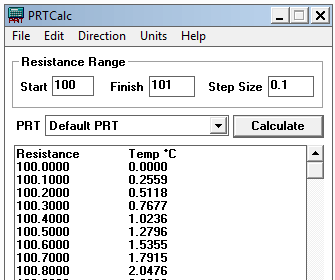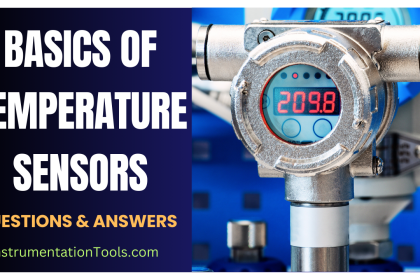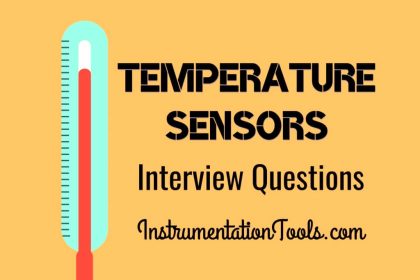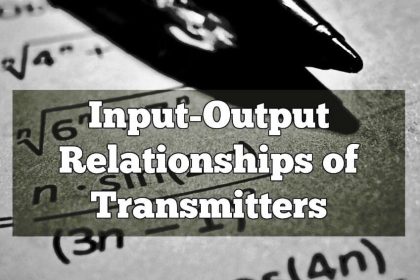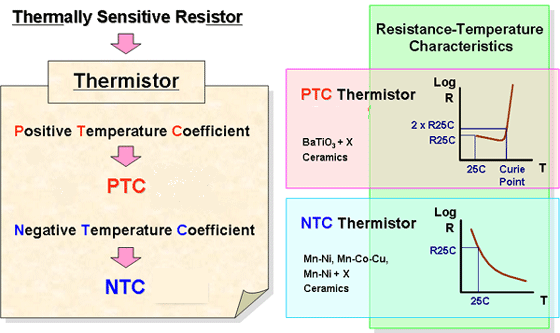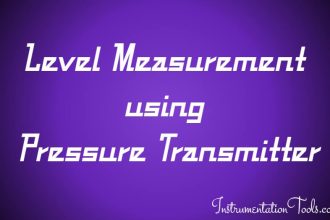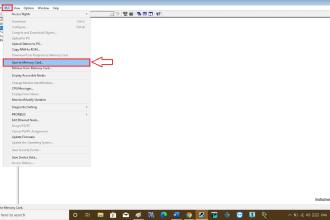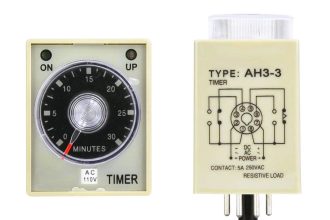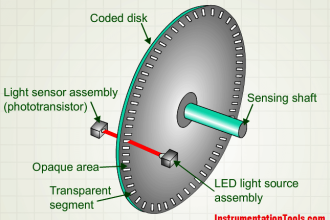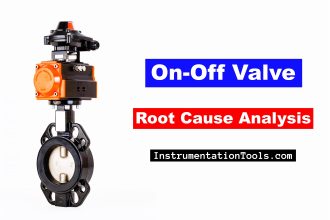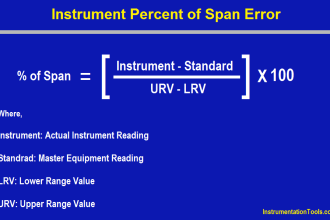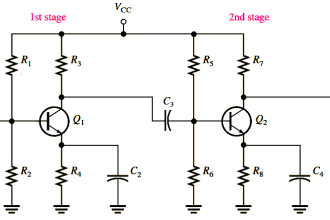Relationship between Temperature Scales
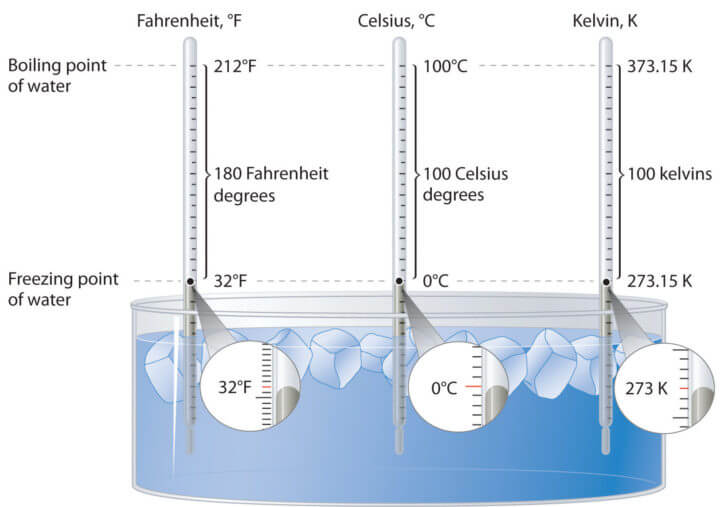
Relationship between Fahrenheit and Celsius
To determine the relationship between Fahrenheit and Celsius, we could draw a graph of F (temperature in °F) versus C (temperature in °C), for C in the range 0 ≤ C ≤ 100.
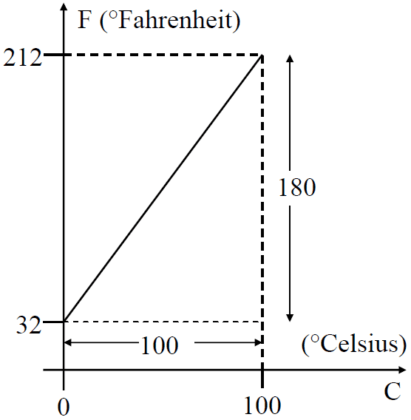
Using the general equation for a straight line:
y = m x + c
using the general straight line equation and above graph, the following equation obtained
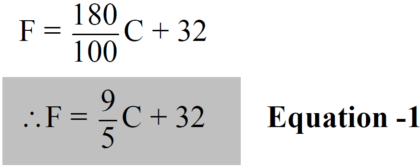
We can now also express Celsius in terms of Fahrenheit. From Equation -1:
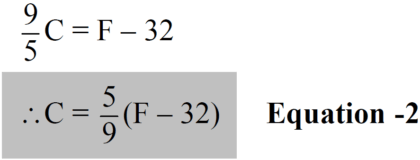
Now we solved the basic formulas for conversion of Celsius to Fahrenheit or vice versa. Using the same above procedure we can also calculate the relationship between different temperature scales.
Quickly Convert Between Temperatures:
- Celsius to Fahrenheit: Multiply the temperature by 2 and then add 30
- Fahrenheit to Celsius: subtract 30 from the temp. and then divide by 2
- Kelvin to Fahrenheit: Subtract 273.15, multiply by 1.8, then add 32
- Fahrenheit to Kelvin: Subtract 32, multiply by 5, divide by 9, then add 273.15
- Kelvin to Celsius: Add 273
- Celsius to Kelvin: Subtract 273
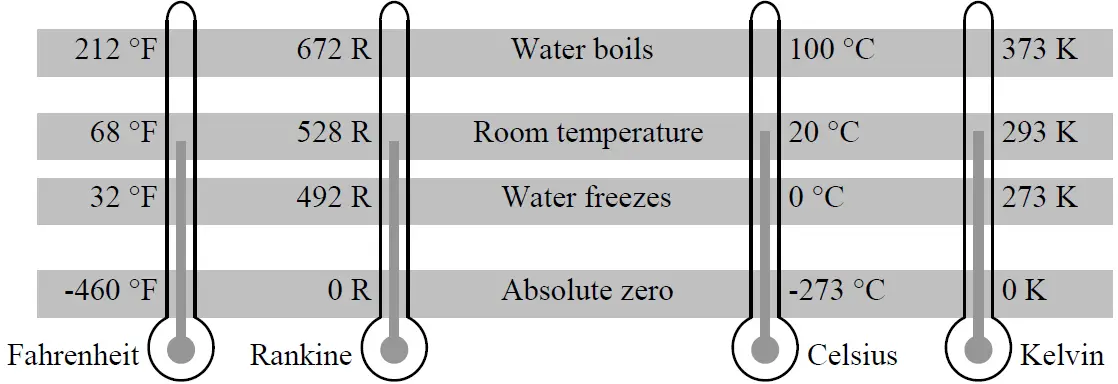
Example -1
Convert the absolute zero of temperature (–273.15 °C), to degrees Fahrenheit.
F = (9/5)C + 32 = (9/5)×(-273.15) + 32 = -459.67 °F ≈ -460 °F
Example -2
Convert 86 °F into degrees Celsius, Rankine and Kelvin.
C = (5/9)(F – 32) = (5/9)×(86 – 32) = 30 °C
R = F + 460 = 86 + 460 = 546 R
K = C + 273 = 30 + 273 = 303 K
Example -3
Determine the temperature in degrees Fahrenheit that would translate into the same value in degrees Celsius.
In Equation -2 (or Equation -1), set C = F:
F = (5/9)(F – 32) ⇒ 9F = 5F – 160 ⇒ 4F = -160 ⇒ F = -40 °F
Example -4
Convert 0 °F to degrees Celsius.
C = (5/9)(F – 32) = (5/9)(0 – 32) = -17.78 °C
Also Read: Thermistor Working Principle
